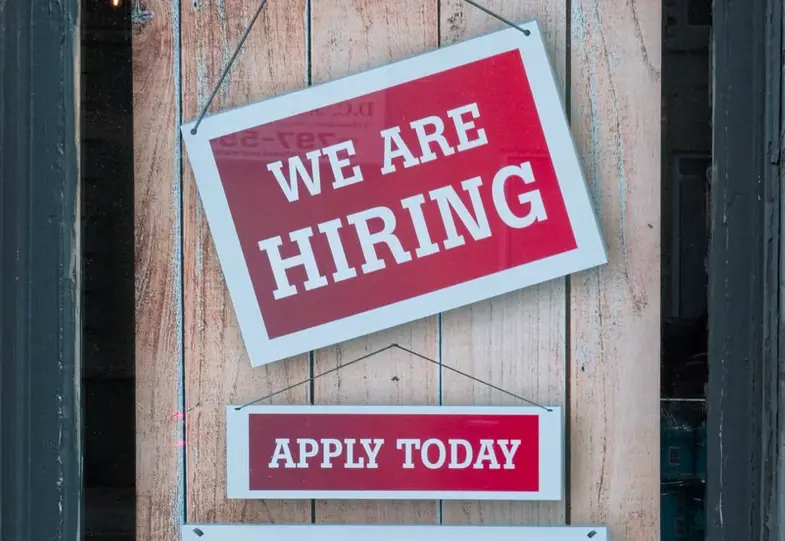The latest jobs report showed a hot labor market remained in May, despite the Fed tightening monetary policy and the fears of an inflation-triggered economic slowdown.
The report showed there were 390,000 new jobs last month, as the unemployment rate remained 3.6%.
Following are the important metrics from the report, compared to general consensus estimates that were compiled by Bloomberg and previous numbers:
Nonfarm payrolls: +390,000 vs. +318,000 expected and a revised +436,000 in April
Unemployment rate: 3.6% vs. 3.5% expected and 3.6% in April
Average hourly earnings, month-over-month: +0.3% vs. +0.4% expected and +0.3% in April
Average hourly earnings, year-over-year: +5.2% vs. +5.2% expected and +5.5% in April
Hiring slowed compared to April, from a revised 436,000 to 390,000. Job gains have averaged 408,000 and in the three months ending in April non-farm growth averaged 516,000.
Despite the decline, May’s overall job growth remained robust historically. As an example, job growth only averaged 164,000 per month in 2019. Before the May report, the last twelve months had seen at least 400,000 jobs added each month, which brought employment to within 1% of the levels seen before the pandemic.
The report somewhat allayed fears over the onset of a recession. Comerica Chief Economist Bill Adams said, “Another month of solid job growth in May is further evidence that the U.S. economy was not in a recession in the spring. Americans continue to return to the labor force as the rising cost of living pressures household finances.”
Retail employment was notably soft in May, falling by 61,000. Losses were seem mostly across general merchandise stores, clothing, and clothing accessories stores. Recently big-name retailers have complained of rising costs due to inflation in earnings reports, so this may reflect attempts to tighten spending. Retail employment however remained strong, with 159,000 jobs beyond the February 2020 level.
Gains were led by services-based employers, as consumers returned to in-person activities, and companies rushed to rehire workers let go during the COVID pandemic. Restaurants and accommodations led the way, with leisure and hospitality increasing by 84,000, up from 78,000 in April. That was the largest growth among any industry in May.
Transportation and warehousing also stood out, showing 47,000 jobs added. That was slightly down from April’s 52,000, however.
Unemployment was steady at 3.6%. That is only slightly above February 2020’s level of 3.5% just before the pandemic triggered a recession. Labor force participation rose slightly higher, to 62.3%.
Average hourly earnings climbed up by 0.3%, roughly similar to gains seen in April. As the labor market remains hot, and employers search for workers, salaries continue to rise, adding to inflationary worries.
However wage growth still trails inflation by a substantial margin, sapping household buying power.
Now the question becomes what the Fed will do about it, and what the broader effects of that action will be on the economy and the markets.

